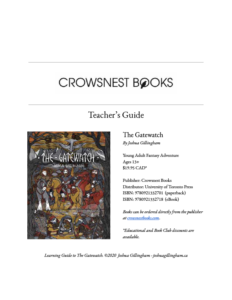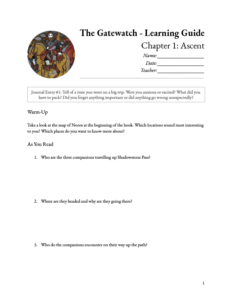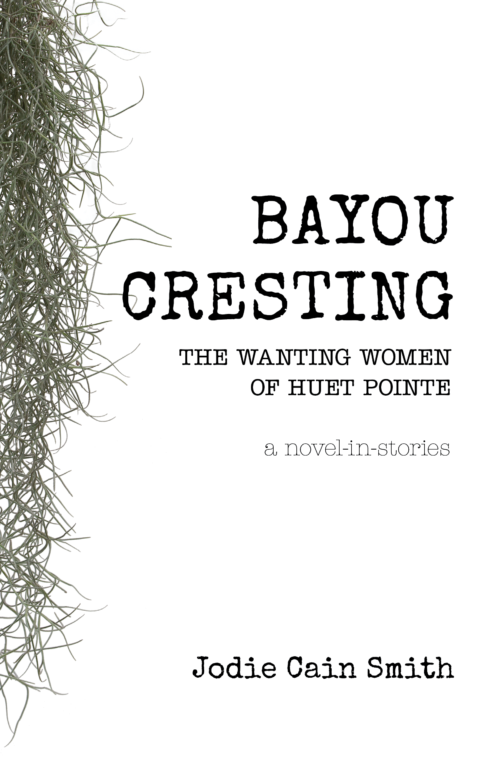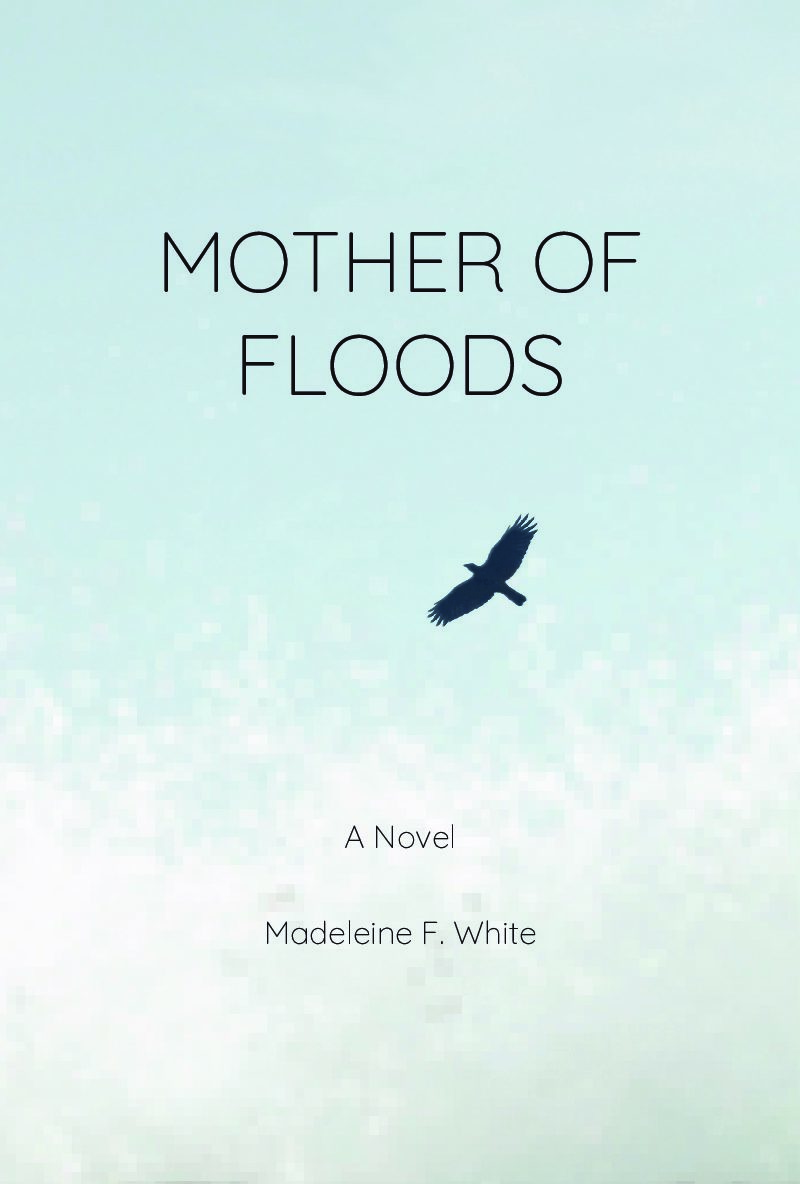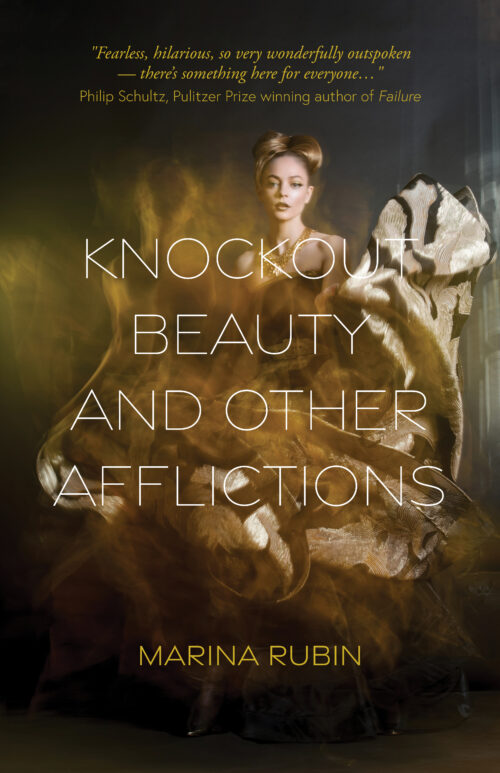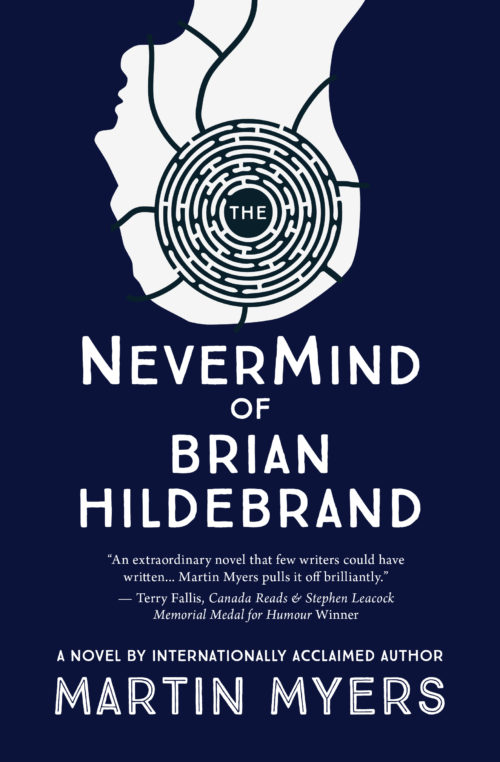By Joshua Gillingham
Torin Ten-Tree’s debt of service as a trollhunter in Gatewatch has been paid. Now he must decide whether to return home to take up his father’s seat in Ten-Tree Hall or to become a Greycloak of Gatewatch along with Grimsa and Wyla. Torin grapples with an unexpected revelation, the long-hidden identity of his mother, just as a delegation brings urgent news of King Araldof Greyraven’s grave and sudden illness. Heirless, the Greyraven’s death would plunge the land into chaos as the Jarls of Noros entered a struggle of succession. The last desperate hope to keep the realm from wreck and ruin is the legend of a powerful source of healing, the Everspring. Yet, greater questions and graver answers await Torin and his company on the road north through the land of the immortal giants. As long-forgotten secrets are unveiled, they learn not only the cause of the Greyraven’s illness but the insidious origins of the evil that first spawned the trolls in the wild woods beyond Gatewatch.
The Everspring is a young adult fantasy adventure inspired by the Norse Myths, the Icelandic Sagas, and the unforgettable landscape of the Rocky Mountains. Myth, history, and imagination fuse together in an epic troll-hunting saga written for young adult readers.
Learning guides for teachers and students are available for free download. In these guides, author and teacher Joshua Gillingham provides a plan—complete with discussion questions, assignments, and links to additional resources—for using the Torin Ten-Trees saga as a supporting narrative to enhance classroom study of mythology, Viking history, or poetry. Joshua is also available for classroom visits.
Digital Format
$9.99
Print Format
$19.99
Educational and Book Club discounts available. Email info@crowsnestbooks.com for details.
Note: Due to slower than normal shipping times on account of COVID-19, we are currently providing a bonus ebook with all paperback orders. Thanks for your understanding.

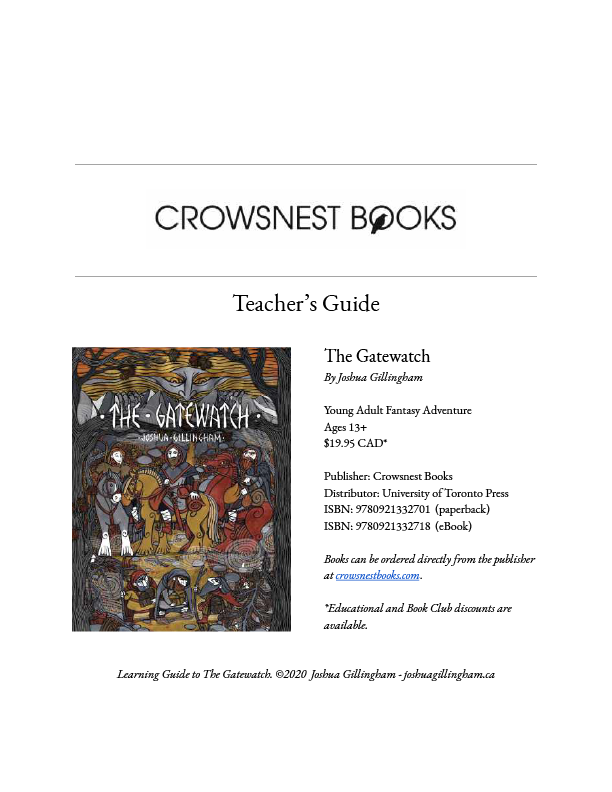
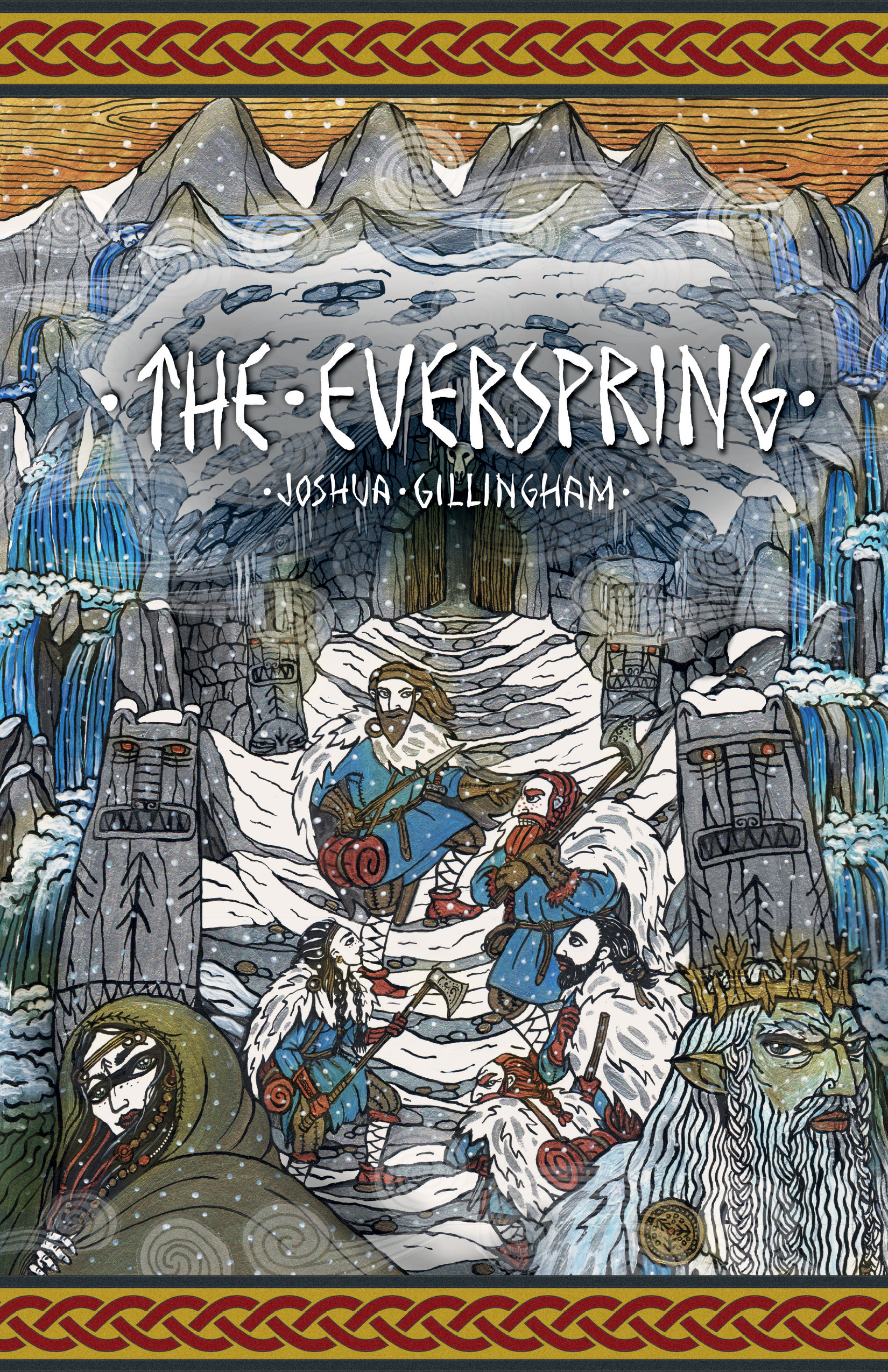
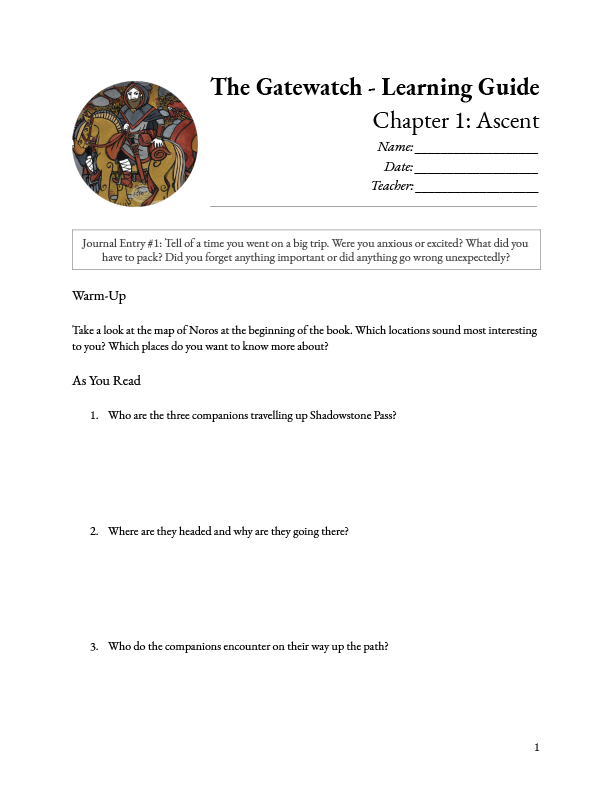



 Joshua Gillingham is a Canadian author from the scenic city of Nanaimo, BC. There he enjoys life with his adventurous spouse and their two very unadventurous cats. He is the author of The Saga of Torin Ten-Trees, a fantasy adventure trilogy inspired by the Norse Myths and the Icelandic Sagas. His award-winning article ‘Becoming a Resilient Writer’ has been published multiple times in print and online. Joshua has also released a card game called ‘Althingi’ set in Viking Age Iceland, served as a co-editor for a collection of short historical fiction set within the game, and co-authored an Old Norse phrasebook, Old Norse for Modern Times with Ian Stuart Sharpe (Vikingverse) and Dr. Arngrimur Vidalin (University of Iceland).
Joshua Gillingham is a Canadian author from the scenic city of Nanaimo, BC. There he enjoys life with his adventurous spouse and their two very unadventurous cats. He is the author of The Saga of Torin Ten-Trees, a fantasy adventure trilogy inspired by the Norse Myths and the Icelandic Sagas. His award-winning article ‘Becoming a Resilient Writer’ has been published multiple times in print and online. Joshua has also released a card game called ‘Althingi’ set in Viking Age Iceland, served as a co-editor for a collection of short historical fiction set within the game, and co-authored an Old Norse phrasebook, Old Norse for Modern Times with Ian Stuart Sharpe (Vikingverse) and Dr. Arngrimur Vidalin (University of Iceland).